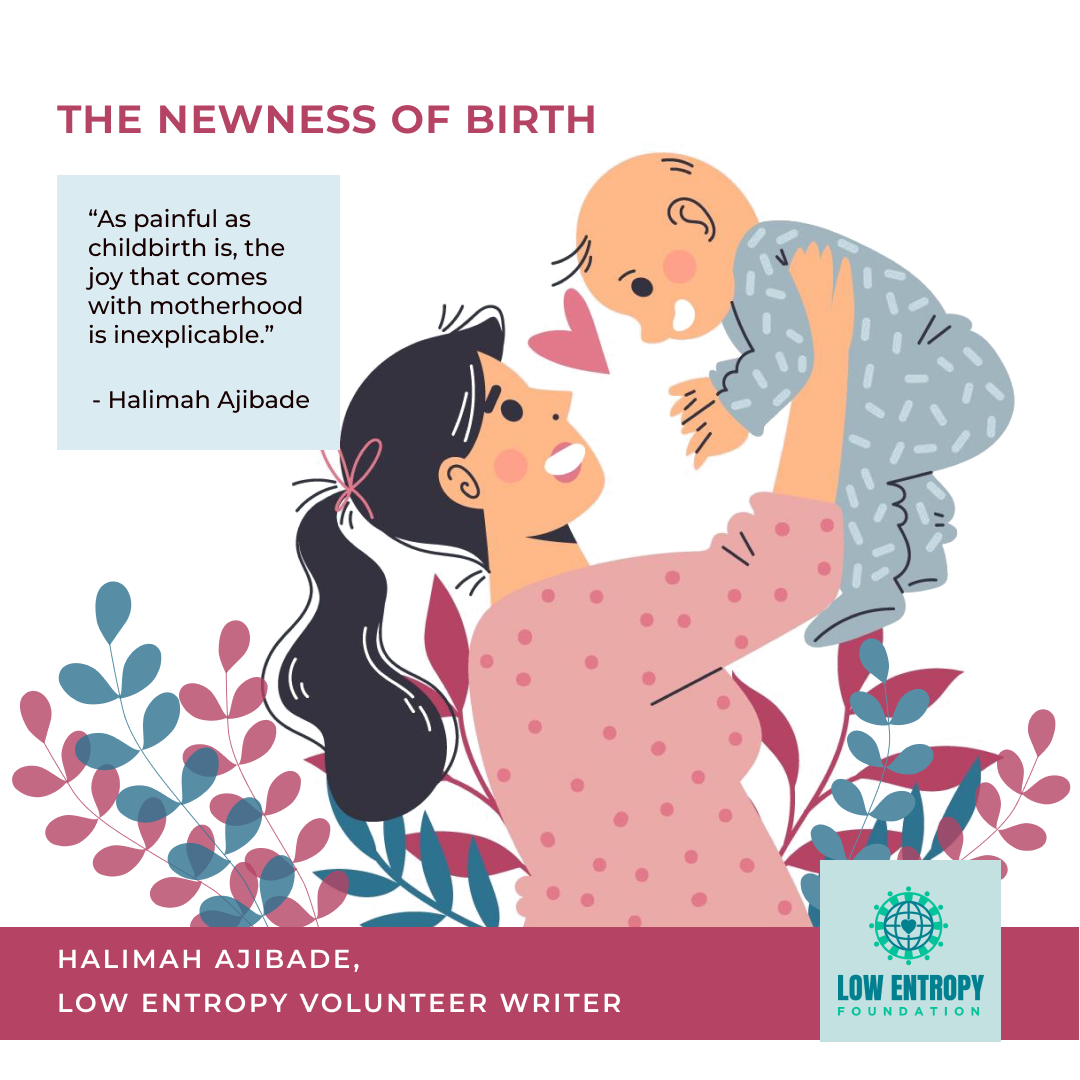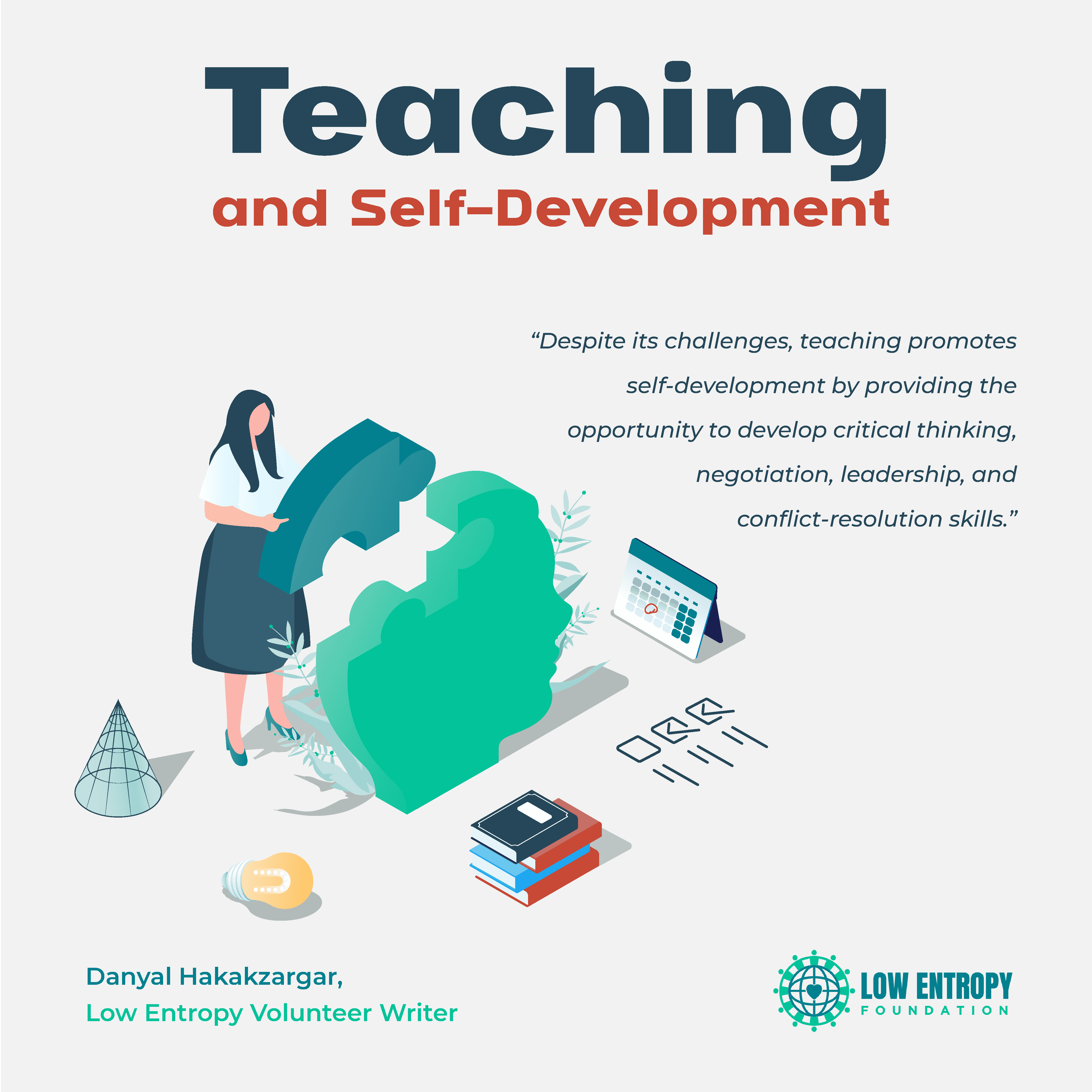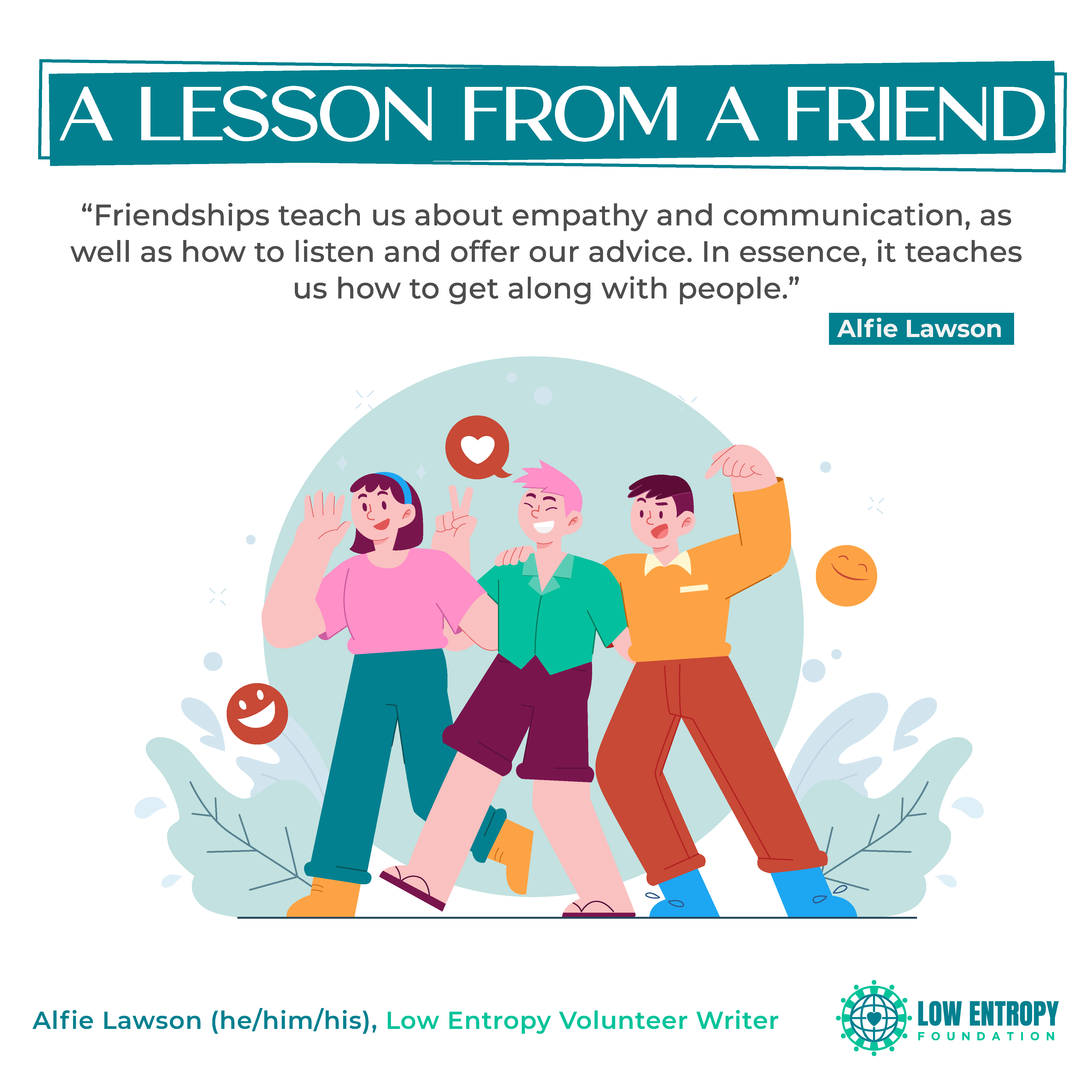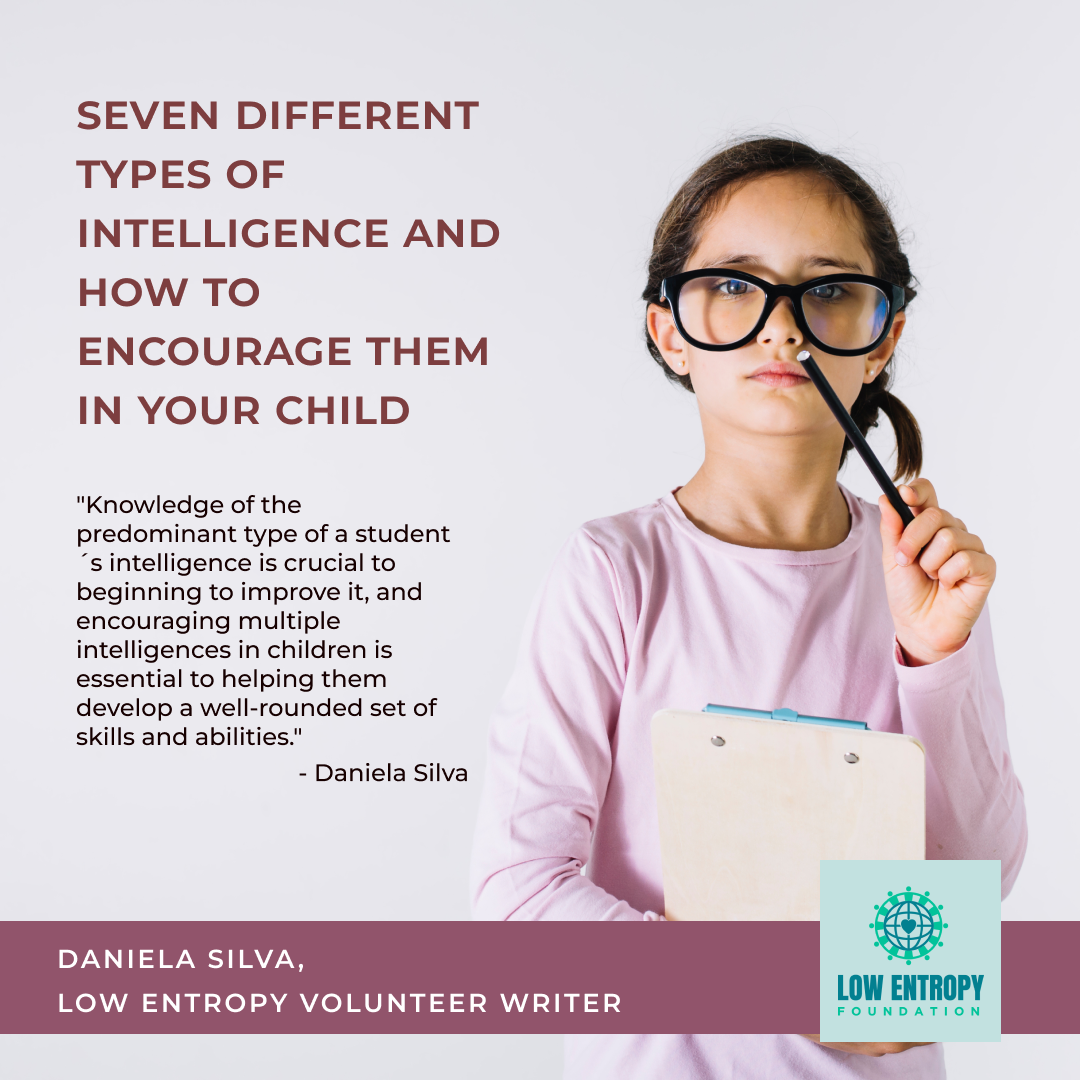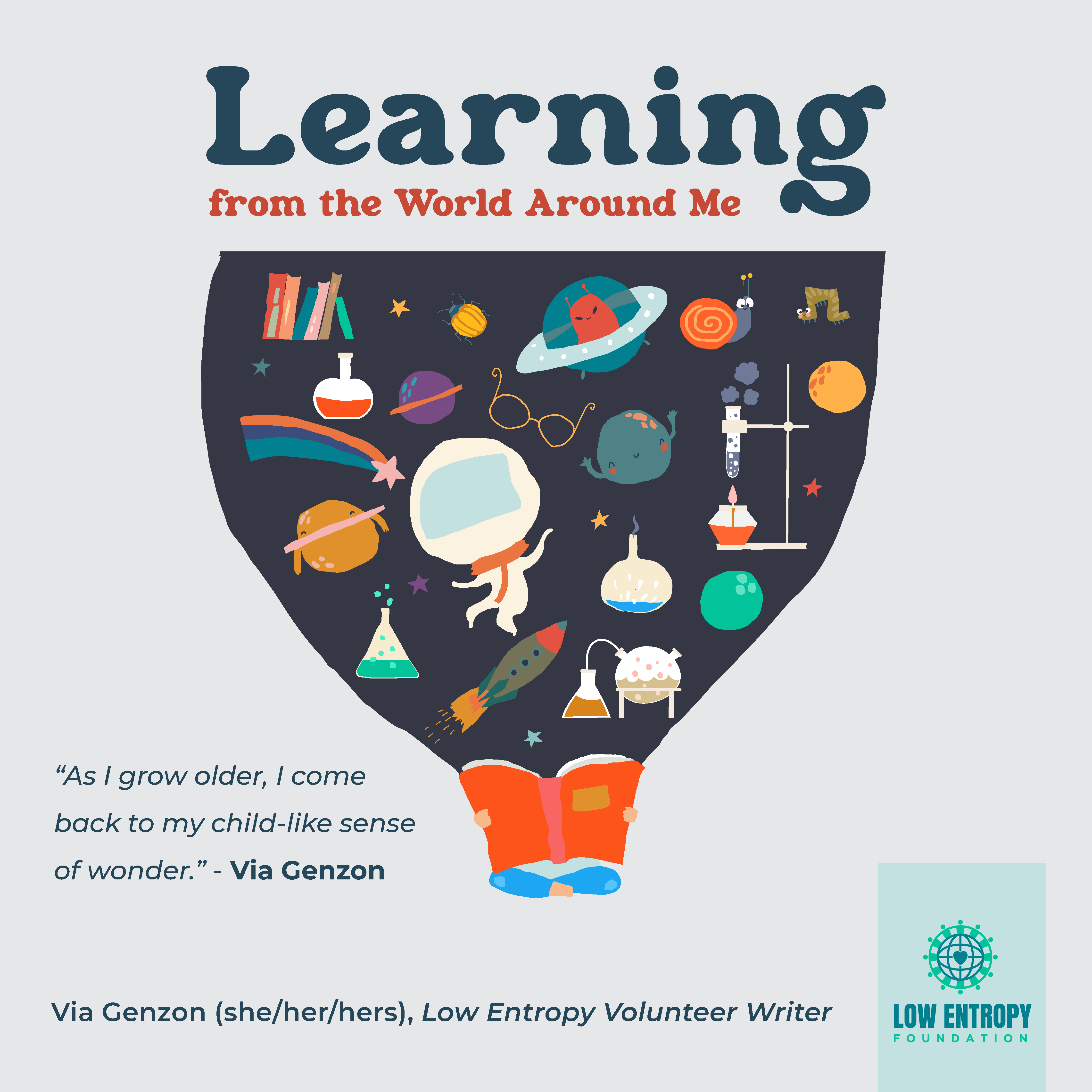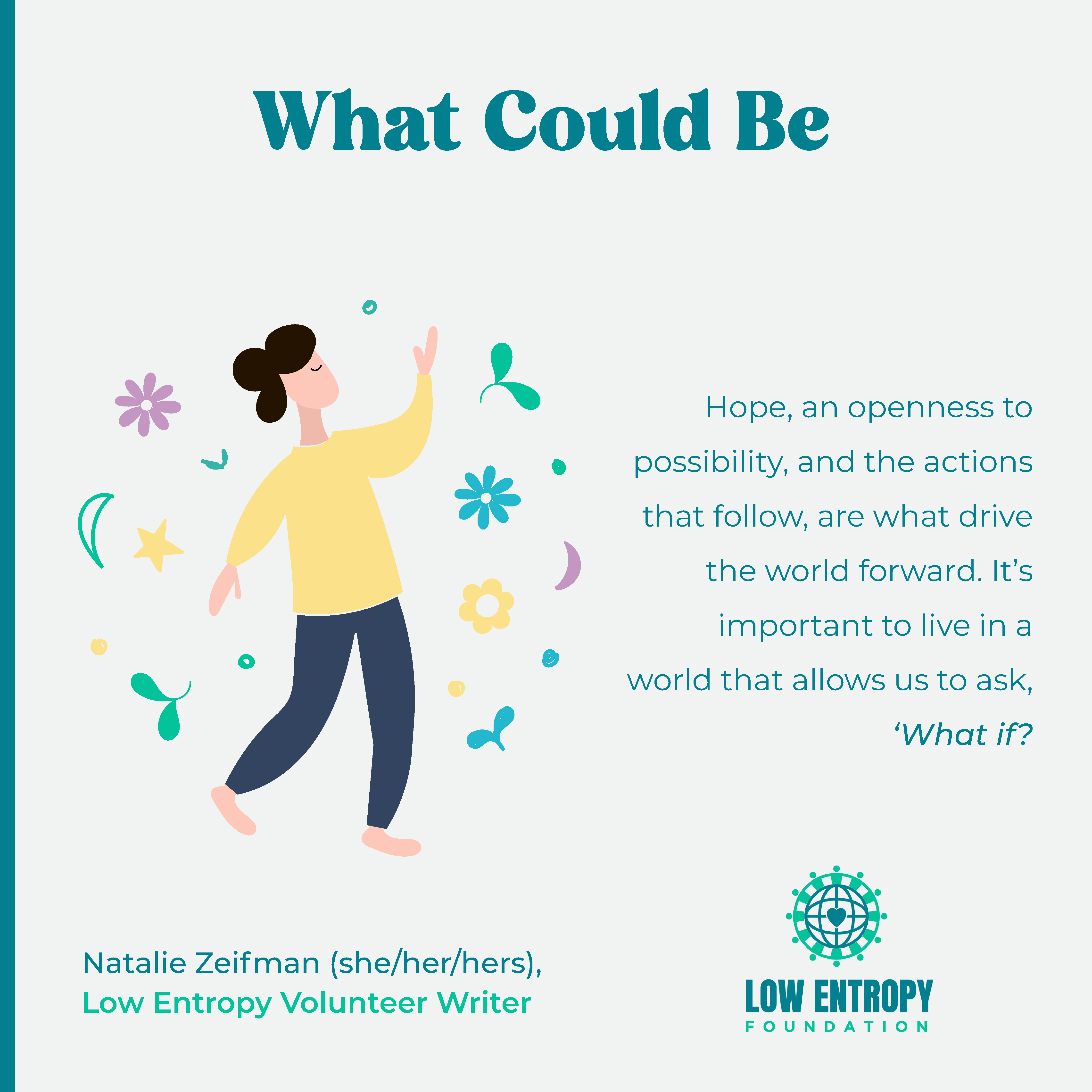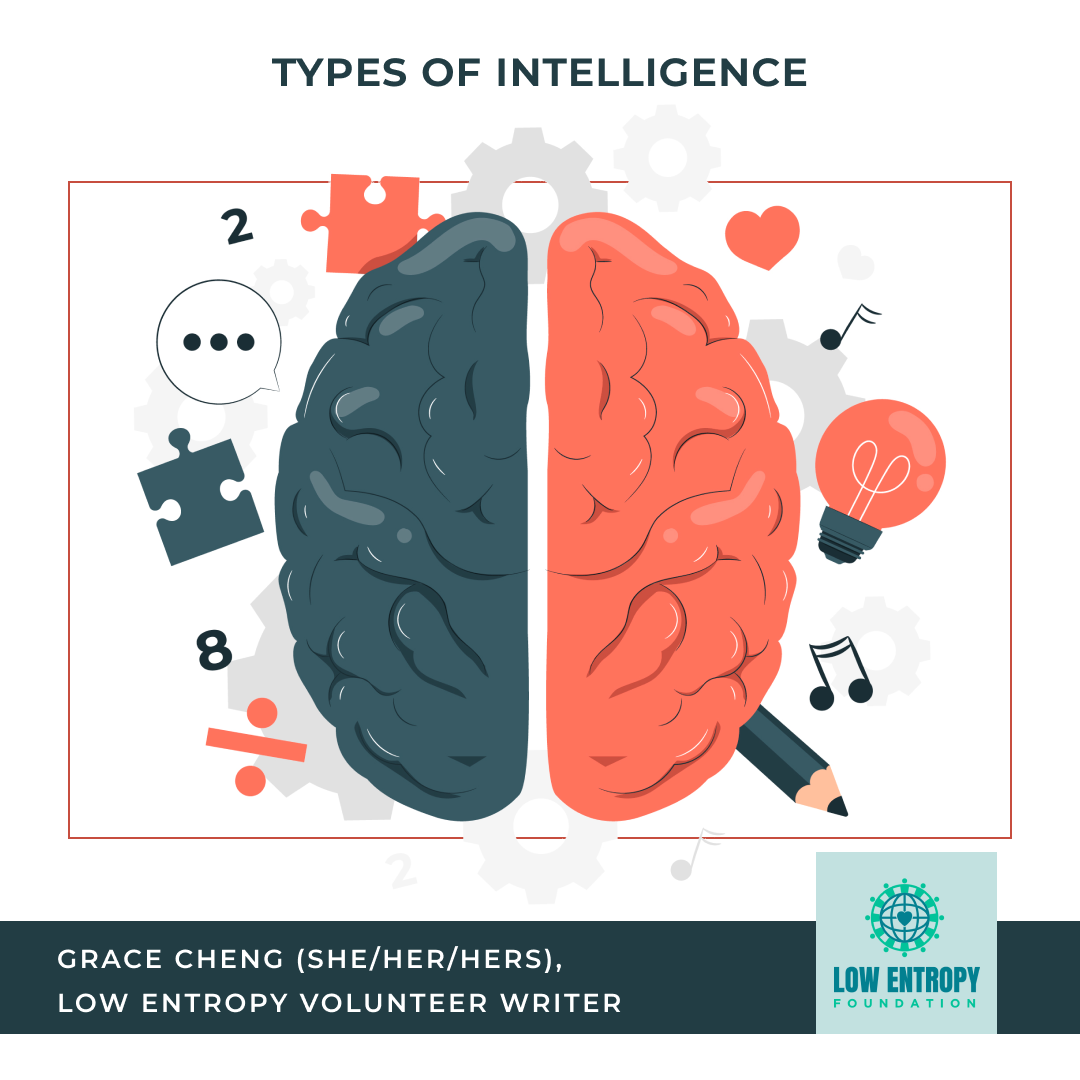Halimah Ajibade, Low Entropy Volunteer Writer
Childbirth comes with changes, both visible and invisible. During pregnancy, the most visible change is the protruding stomach. However, during childbirth, most changes occur internally and in the brain.
While the changes in a mother’s brain are not visible, they are significant. Studies have shown that the size and structure of certain brain regions change after childbirth. For example, the amygdala, which is responsible for processing emotions, becomes more active and better connected to other parts of the brain. The prefrontal cortex, one of the areas responsible for decision-making, planning and social behaviour, also appears, in animal tests, to undergo changes that help mothers be more attuned to their children’s needs.
During motherhood, the brain seems conditioned to send signals to other parts of the body to care more, love more and pay more attention, making the mother more responsible.
The existence of a whole being lies in a mother’s care. When my sister had her first child, I remember being at home with her. She was very tired, and I offered to help her watch her child while she slept. But soon, I fell asleep too, oblivious to the baby’s cries. My sister woke up, despite her exhaustion, to care for the baby. What made the difference? How did she hear the cries while I didn’t? An animal study published in Nature in 2015 suggests that this level of recognition might be due to oxytocin, a hormone that manages key aspects of human reproductive systems, including labour and delivery, lactation, and aspects of human behaviour. During childbirth, oxytocin creates a connection between the mother and child, possibly helping the mother understand the baby’s needs and distinguish their cries from those of other babies. This might be why my sister woke up to the first cry of her baby while I lay unmoved until the baby slept again.
Oxytocin also appears to play a role in managing emotions like depression and anxiety, with some studies showing a possible correlation between postpartum depression and lower oxytocin levels. As a new mother, it’s easy to become anxious or depressed, based on the child’s behaviour. In a small study in 2010, Yale researchers found that, after childbirth, the brain areas responsible for memory, emotions, reasoning, motivation and sensory perception increase in volume. These changes may be related to a mother’s increased ability to recognize and respond to her baby’s needs and her heightened emotional attachment to her child.
Emotional attachment is not the only change that happens to a new mother. Other changes include “mommy brain,” where mothers tend to forget things because they are so obsessed with their child. Hormonal changes also occur, including a sharp drop in estrogen and progesterone levels after delivery, which can lead to mood swings and irritability. Prolactin, which is responsible for milk production, increases, leading to lactation and potentially impacting mood as well.
Changes in women differ based on genetics, environment, diet, etc . . . These changes also last for different durations, some for up to two years. Although some changes may seem small, they are significant and have long-term effects. For example, studies have shown that mothers who breastfeed their children may have a reduced risk of developing Alzheimer’s disease later in life.
During this stage, women need a lot of support because it’s tough to get used to these changes. Besides adjusting to these changes, they need support while they take care of the child because it’s easy to forget oneself while focusing on the child’s needs. As painful as childbirth is, the joy that comes with motherhood is inexplicable.
It’s essential to remember that when we talk about childbirth and its aftereffects, that it’s not just women who are affected. Fathers also experience slight changes in their brains, as oxytocin is released in them too, helping them create a bond with their children.
—
Leave your thoughts for Halimah in the comments below. You can also follow us on Facebook, Instagram, TikTok, Twitter and YouTube to stay up-to-date with Low Entropy news!







